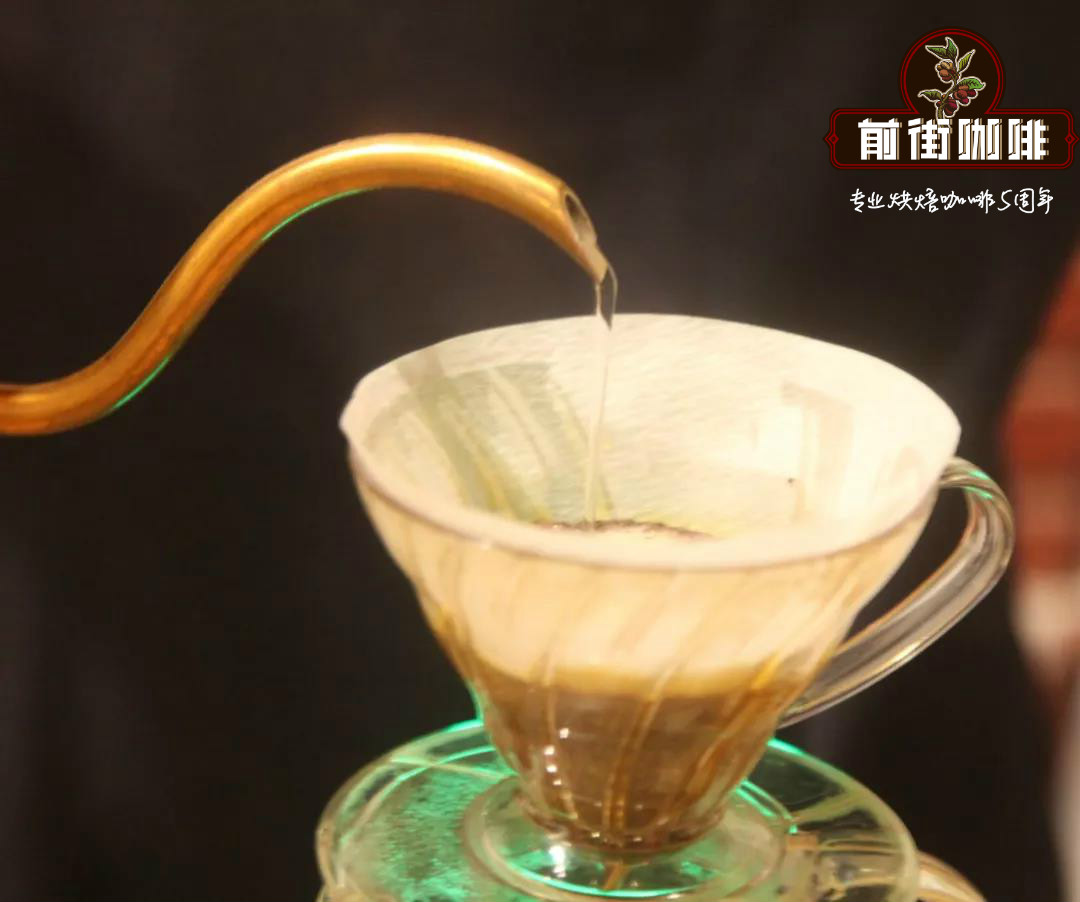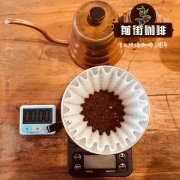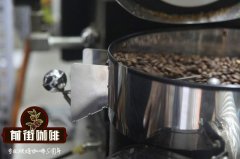How did hand coffee evolve? Take you to explore this simple method of cooking!

Professional coffee knowledge exchange more coffee bean information please follow the coffee workshop (Wechat official account cafe_style)
If you step into a boutique coffee shop, nine times out of ten there will be at least one hand coffee maker. Although V60 filter cup and Chemex hand brewer have been around for decades, they are still the representative of the third wave of coffee fad.
But how did hand coffee evolve? Why is this simple brewing method the darling of the boutique coffee trend? This article takes you to explore the history of hand-made coffee.
The source of everything.
For a hundred years, when people around the world made coffee, they poured ground coffee powder into pots and heated it with water, such as Saudi Arabia and Turkey. Around 1810, someone invented a coffee filtration pot in which hot water repeatedly passed through the coffee powder when it was used to make coffee. It was the most common way of cooking in Europe at that time. The Italian coffee machine appeared immediately after.
But in the 20th century, Merita, a German woman. Banzi was not satisfied with the taste of the coffee brewed in the percolation pot and the coffee grounds in the cup, so he began to develop an alternative brewing method. She pokes a hole in the metal can with a nail and cooks the coffee with blotting paper. The finished coffee is less bitter than the coffee brewed in the percolation pot, and there is no coffee grounds to make trouble. In June 1908, Melita applied for a patent for the filter, and Melita was founded.
In 1909, Melita and her husband, Hugo, unveiled their filters at the Leipzig Trade Fair and were very popular. In the 1930s, Melita invented the conical filter cup, which is familiar to modern people. This design improved the quality of coffee products because the coffee extraction area became larger. Of course, they also invented devices that save more time and effort than metal cans and are used to support filter paper. They made a simple conical dripping device and placed it on the upper edge of the cup or pot. It is said that the first filter cup they sold had eight holes at the bottom, but in the 1960s it was changed to only one hole.
In the past, coffee filter cloth has been popular in Latin America for several years, but the invention and commercialization of filter paper has greatly changed the way we make coffee. Melita is now a global company with filter paper and cups in kitchens and cafes around the world.
The evolution of hand-brewed coffee
Other people also invented all kinds of hand flushing and filtering devices, which came out at about the same time as Merita filter cup.
In 1941, German chemist Peter? Schlumber invented the classic glass hand punching pot Chemex. Peter is said to have an eccentric personality dedicated to improving the efficiency and fun of everyday objects. He has applied for more than 300 patents, including cocktail bartenders and cars. Because of his specialty in chemistry, he was well aware of the way coffee was extracted and invented thick filter paper, which his partner said could make coffee less bitter, oil-free and residue-free.
In 1959, people thought that this special hourglass-shaped coffee maker, Chemex, was one of the best inventions in modern times, and it also took practicality into account.
There is a circle of wood on the neck of the glass kettle, which makes it easy for the user to hold the hot pot, and the leather rope can prevent slippage. Glass pots are conceived from laboratory glassware to prevent them from absorbing odors or chemical residues and affecting the finished products that are cooked later.
In addition, there are many popular Japanese hand flushing devices. In 1921, Hario, a chemical glass equipment company, was founded in Tokyo. They invented the V60 filter cup to improve the filter support of the time.
Important Notice :
前街咖啡 FrontStreet Coffee has moved to new addredd:
FrontStreet Coffee Address: 315,Donghua East Road,GuangZhou
Tel:020 38364473
- Prev

How does coffee powder affect the thickness of grinding, cooking time, water temperature or the quality of coffee beans
Professional coffee knowledge exchange more coffee bean information please follow the coffee workshop (Wechat official account cafe_style) Coffee is bitter? So sour? Everyone wants to drink good coffee, sweet and palatable, with explosive aroma and long aftertaste, and hope to drink this kind of coffee every time. There are many factors that affect the taste of coffee: time, temperature, brewer
- Next

How should raw coffee beans be roasted? What happens during the roasting of raw coffee beans?
Professional coffee knowledge exchange more coffee bean information please follow the coffee workshop (Wechat official account cafe_style) | Coffee roasted after a variety of post-processing coffee beans are actually not our common black beans, but yellow or green, to turn these beans into our common black coffee beans need to go through a very important step of roasting.
Related
- Beginners will see the "Coffee pull flower" guide!
- What is the difference between ice blog purified milk and ordinary milk coffee?
- Why is the Philippines the largest producer of crops in Liberia?
- For coffee extraction, should the fine powder be retained?
- How does extracted espresso fill pressed powder? How much strength does it take to press the powder?
- How to make jasmine cold extract coffee? Is the jasmine + latte good?
- Will this little toy really make the coffee taste better? How does Lily Drip affect coffee extraction?
- Will the action of slapping the filter cup also affect coffee extraction?
- What's the difference between powder-to-water ratio and powder-to-liquid ratio?
- What is the Ethiopian local species? What does it have to do with Heirloom native species?

